For newcomers in the field of photocatalysis, there are often various challenges encountered during experiments. At Perfectlight Technology, comprehensive and thoughtful answers to these questions can always be found.
For example, as mentioned in the title of this article: the issue of selecting a light source for photocatalytic experiments, it will be elaborated below:
For different research needs, detailed explanations will be provided focusing on the applicable experimental scenarios for Perfectlight Technology's 9 light source devices. After reading this article, it is believed that you will have a clear understanding of the simple yet vexing question, "How to choose a light source".
There are many criteria for choosing a light source, and one important point is to confirm the absorption edge of the prepared material, that is, the spectral characteristics of the light source.
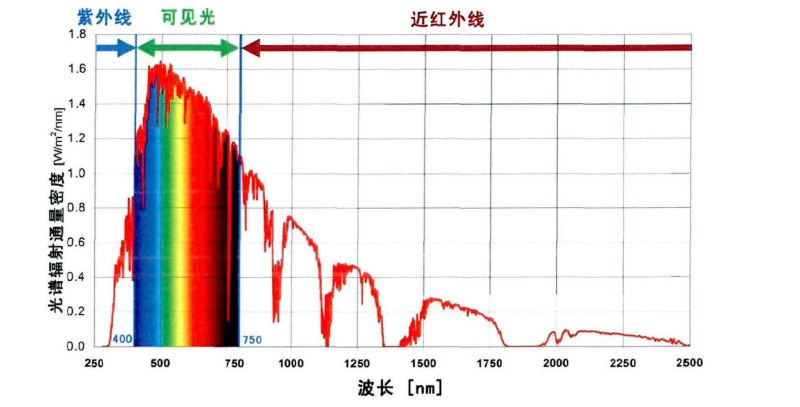
Solar Spectrum Distribution [1]
Each material has a different absorption edge. For example, the absorption edge of materials such as TiO2 and ZnO is in the range of 300-400 nm. You can choose to use the UV-enhanced PLS-SXE 300UV or PLS-SXE 300DUV xenon lamp light source;
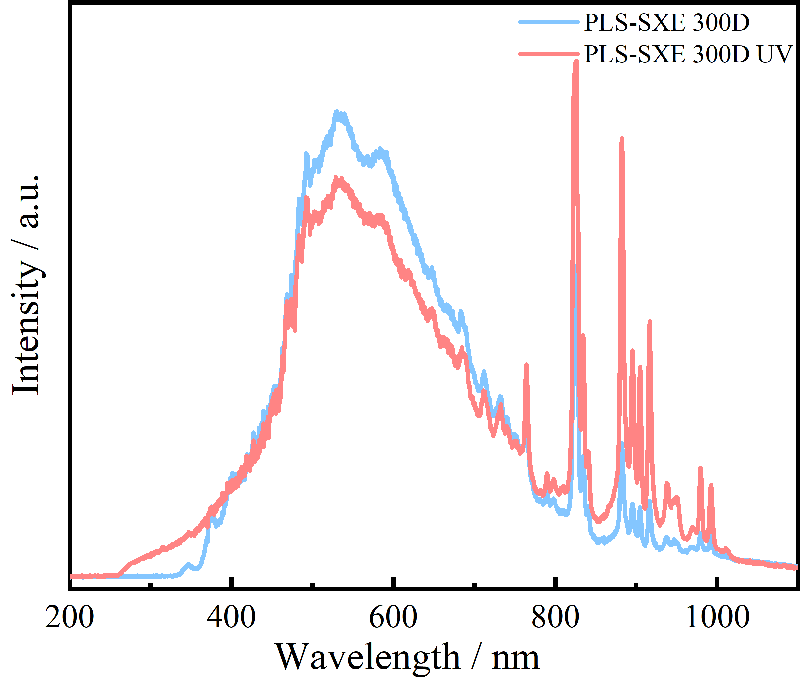
UV Enhanced Spectrum
For photocatalysts with absorption edges in the range of 400-800 nm, such as CdS, g-C3N4, etc., you can choose to use PLS-SXE 300, PLS-SXE 300D, Microsolar 300, CHF-XM series xenon lamp light source with filters, or PLS-LED 100C high-power LED light source.
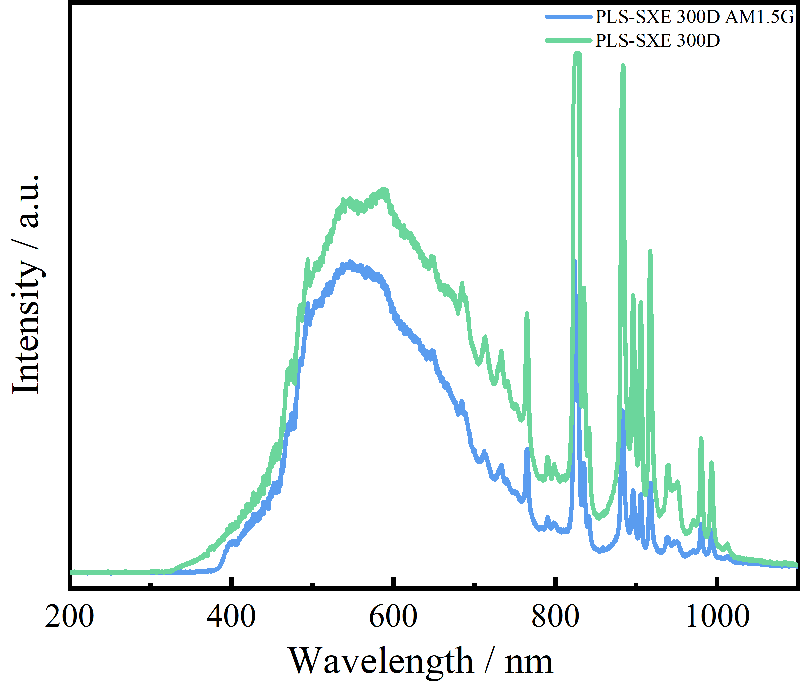
PLS-SXE 300D with AM1.5G filter spectrum
Furthermore, you can also choose according to the experimental scenario.
1. Photocatalytic experiments: Light catalytic decomposition of water for hydrogen/oxygen, complete decomposition of water, CO₂ reduction, photocatalytic degradation, seawater desalination, photothermal experiments, organic synthesis, etc. Optional light sources include:
PLS-SXE 300/300UV Xenon Lamp Source
PLS-SXE 300D/300DUV Xenon Lamp Source
Microsolar 300 Xenon Lamp Source
2. Photoelectrochemical experiments: Optional light sources include:
PLS-FX 300HU High Uniformity Integrated Xenon Lamp Source
PLS-LD Laser Source
PLS-LED 100C High-Power LED Source
CHF-XM Series Light Source
3. Quantum yield testing: Optional light sources include:
PLS-AL 150/300 Wavelength Continuously Adjustable Source
PLS-EM 150 Continuously Adjustable Intense Light Source
PLS-LED 100C High-Power LED Source
PLS-LD Laser Source
or used with filters with the 300 series xenon lamp light source
PLS-SXE 300/300UV Xenon Lamp Source
PLS-SXE 300D/300DUV Xenon Lamp Source
Microsolar 300 Xenon Lamp Source
Please note: The filter has a wide half-width, which may result in a large error when calculating the quantum yield in the quantum efficiency experiment. It is not recommended for use.
4. Solar cell testing: Optional light sources include:
PLS-FX 300HU High Uniformity Integrated Xenon Lamp Source
CHF-XM Series Xenon Lamp Source
Of course, when choosing a light source, the selection criteria are very important, and the following elements are also crucial.
1. Light Intensity
The number of effective photons per unit volume is a direct factor affecting the reaction rate. The higher the light intensity, the more incident photons received per unit volume, and the more active species generated on the catalyst surface, resulting in a faster reaction. If the light intensity is low, it may not only prolong the reaction time, but also increase by-products. However, this does not mean that the higher the light intensity, the better. This factor should be considered during experiments to choose a suitable light source.
2. Light Source Stability
High light source stability means that the luminous power of the light source equipment can remain stable for a long time, and its output light energy can also be guaranteed. This is important for the smooth operation of experiments, and light source stability is also key to the repeatability and accuracy of experiments.
3. Spot Uniformity
The uniformity of the spot will affect the accuracy of the experimental results. For photoelectrochemical experiments, since the photoelectrode is fixed, a light source with uneven spots will lead to its unsuitability for photoelectrocatalysis in two aspects: 1. Due to the inconsistent light intensity, the carrier concentration at different positions of the photoelectrode is different, resulting in different carrier flow between different positions; 2. When replacing the photoelectrode for experiments, it is difficult to achieve complete consistency in the position of the photoelectrode, resulting in inconsistent light exposure before and after, affecting the repeatability and accuracy of the experiment.
In order to clearly understand the characteristics of these 9 light source devices, the following tables are used to assist in explanation:
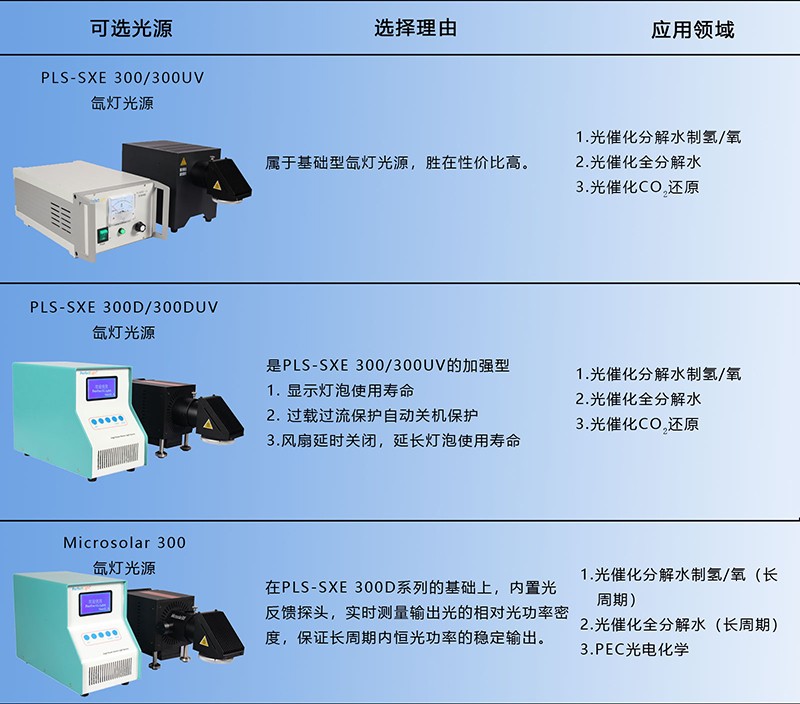
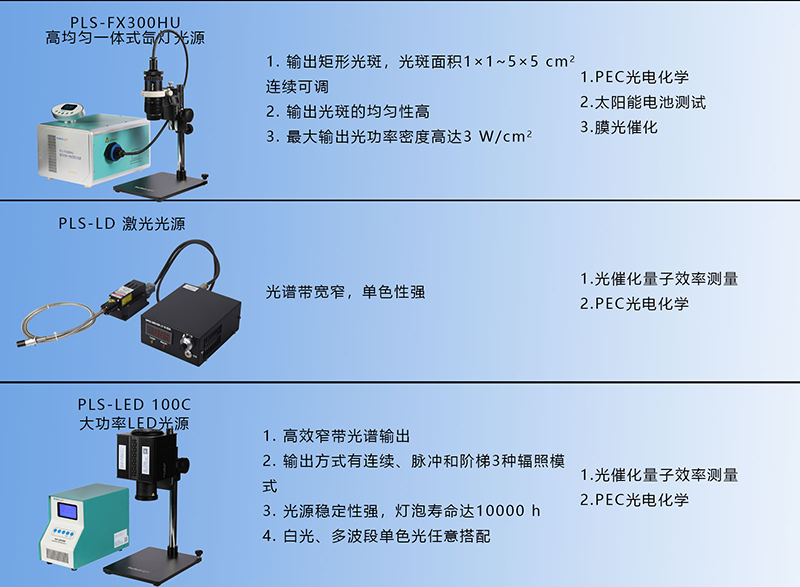
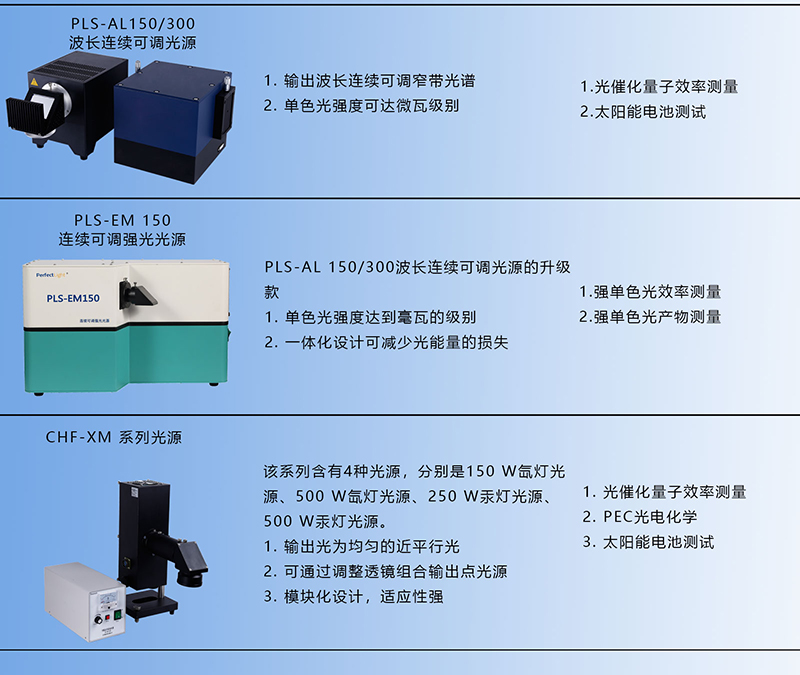
After reading the above content, do you have a more comprehensive understanding of the selection of xenon lamp light sources in the laboratory? Or have you already selected your favorite product from the nine introductions above? Although the article does not present more data about the light source products, if you need further information about the products, please feel free to call 400-1161-365 for consultation.